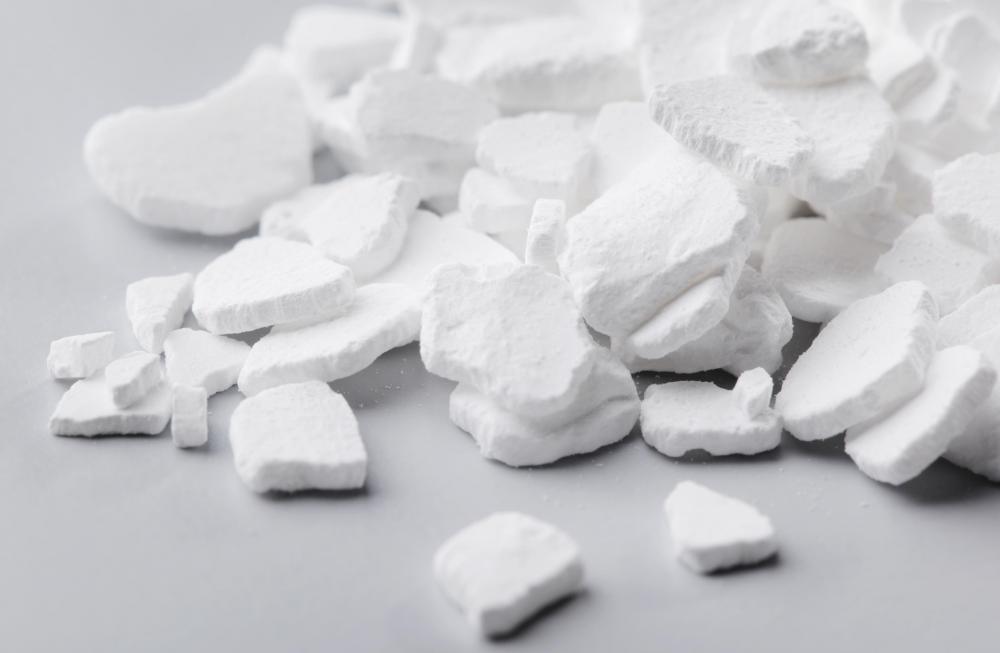At DelightedCooking, we're committed to delivering accurate, trustworthy information. Our expert-authored content is rigorously fact-checked and sourced from credible authorities. Discover how we uphold the highest standards in providing you with reliable knowledge.
What Is Spherification?
Created in 2003 by Ferran Adria, spherification is a cooking technique in which a liquid is dropped into a solution to create a thin gel covering around the liquid. The resulting spheres can then be eaten and produce a burst of liquid flavor in the eater's mouth. Spherification uses concepts based in molecular gastronomy, or the process of cooking by using chemical reactions.
Spherification forms a thin gel layer on the outside of a liquid so that it can hold a spherical shape while the inside remains liquid. Since the gel is very thin and of the same substance as the interior, the gel breaks with little noticeable resistance when consumed and the seemingly solid food suddenly becomes pure liquid. Spheres can be various sizes, from caviar to small eggs, and can be created using many different liquids. There are some limitations, however. For example, particularly acidic liquids cannot be used. Fruit juices or purees, such as mango, as well as other types of liquid, such as olive juice, alcohols, or dairy products are normally used.

There are two types of spherification: basic and reverse. The basic version uses calcium chloride and calcium alginate to create the gel-forming reaction. When those two substances come in contact with each other in a solution, the alginate begins to link its polymers together and a gel is formed. In creating a dish, the chosen liquid is mixed with one of those substances and the other substance is mixed with water. Then, the liquid is dropped into the water solution in beads and allowed to sit for a few minutes before the spheres are removed and rinsed.

The basic version requires that the spheres be eaten immediately because the gel-forming process does not stop when the liquid is removed from the bath. The balls are also extremely fragile since the gel skin is ultra thin, and so may easily break if not handled with caution. Milk and alcohols should not be used in the basic version. Caviar-sized spheres work best using this method.
Reverse spherification is appropriate for dairy and alcohols. It often relies on a product with high levels of calcium lactate, as with dairy products, and adds calcium gluconate and sodium alginate to cause the reaction. Although the reaction is carried out in the same way, there are some minor differences in the results. The chemical reaction stops when the balls are removed from the bath, so spheres made using this process do not have to be eaten immediately. They do, however, have a thicker shell than the basic versions.
AS FEATURED ON:
AS FEATURED ON:












Discuss this Article
Post your comments